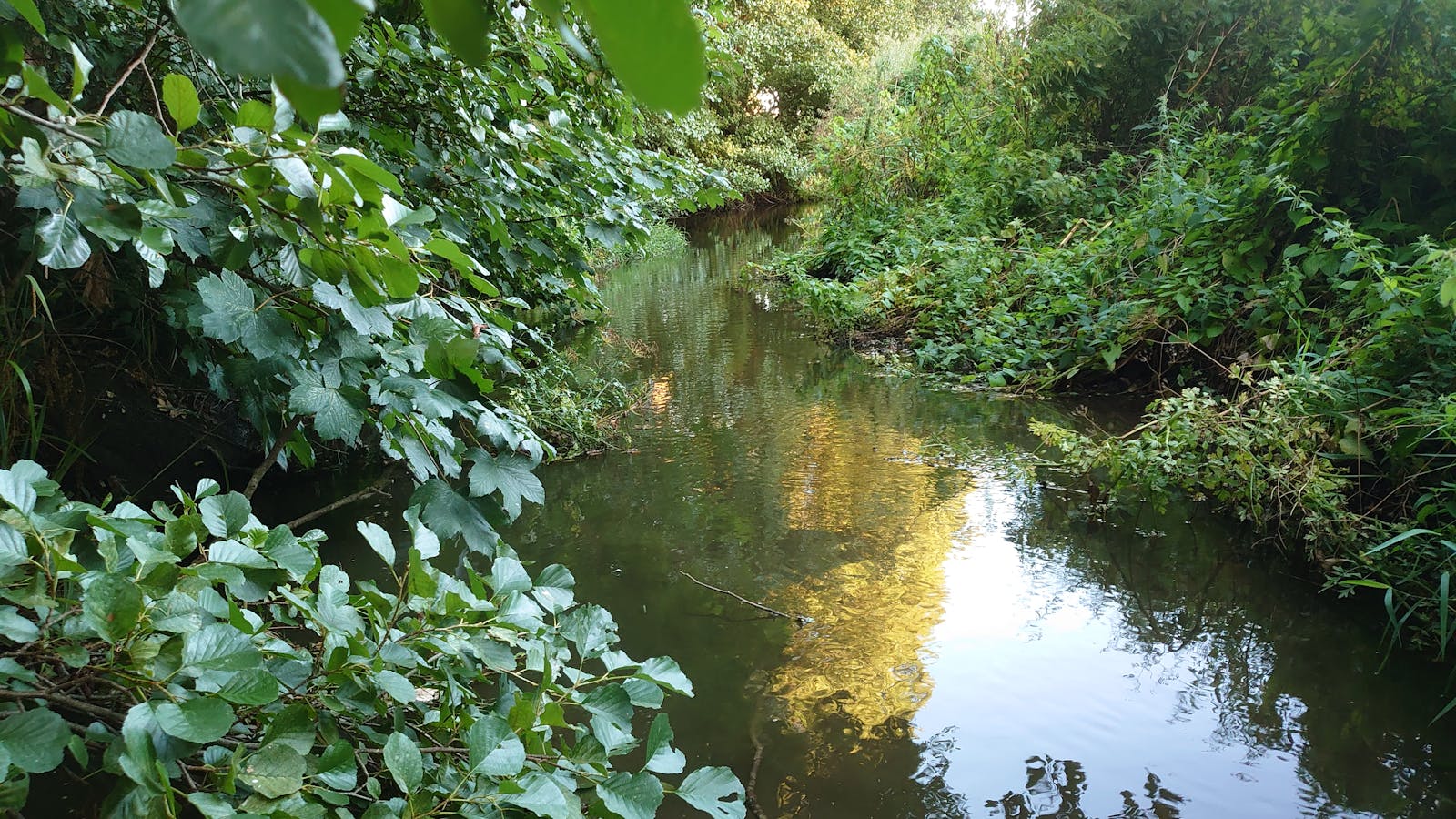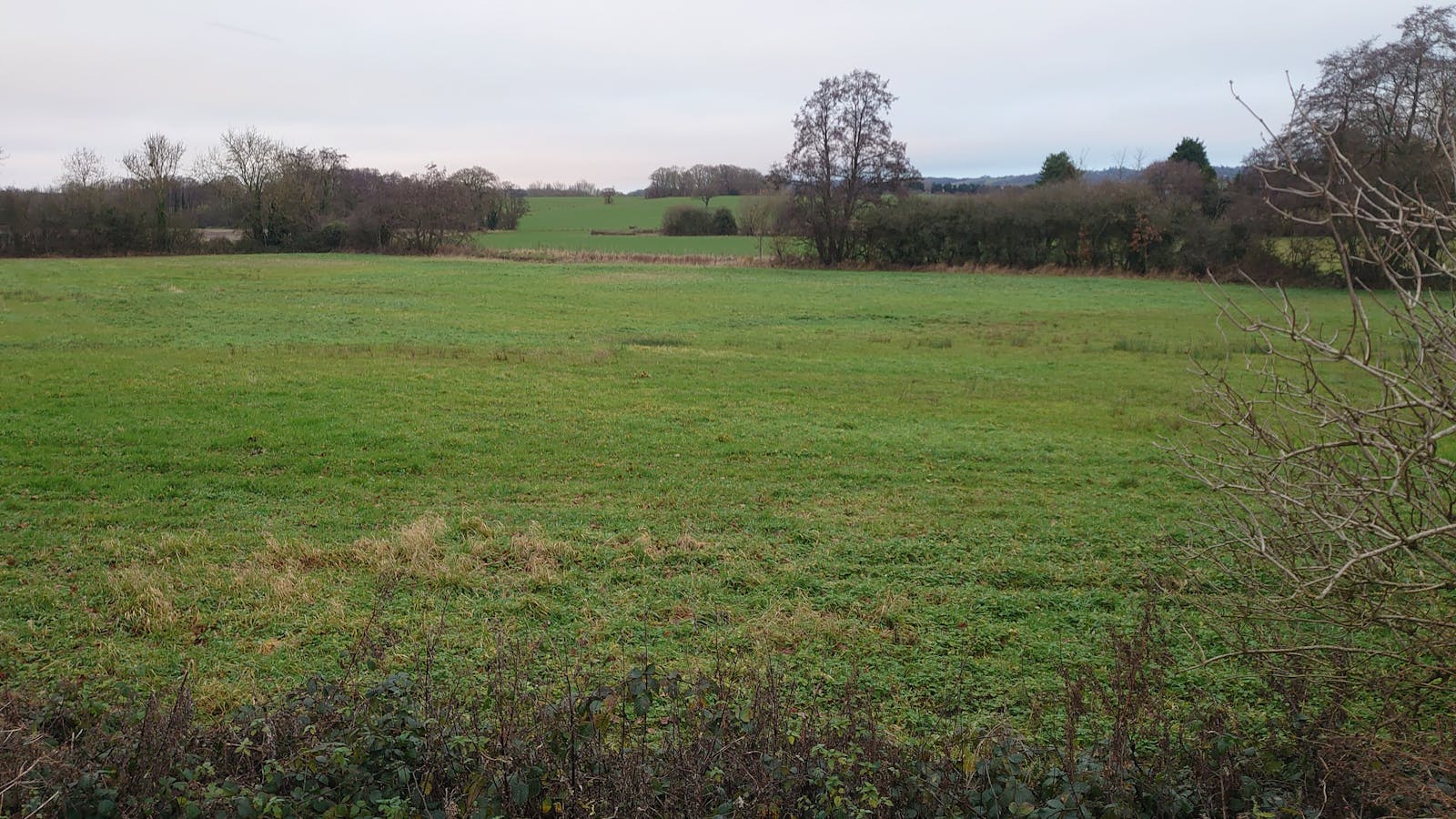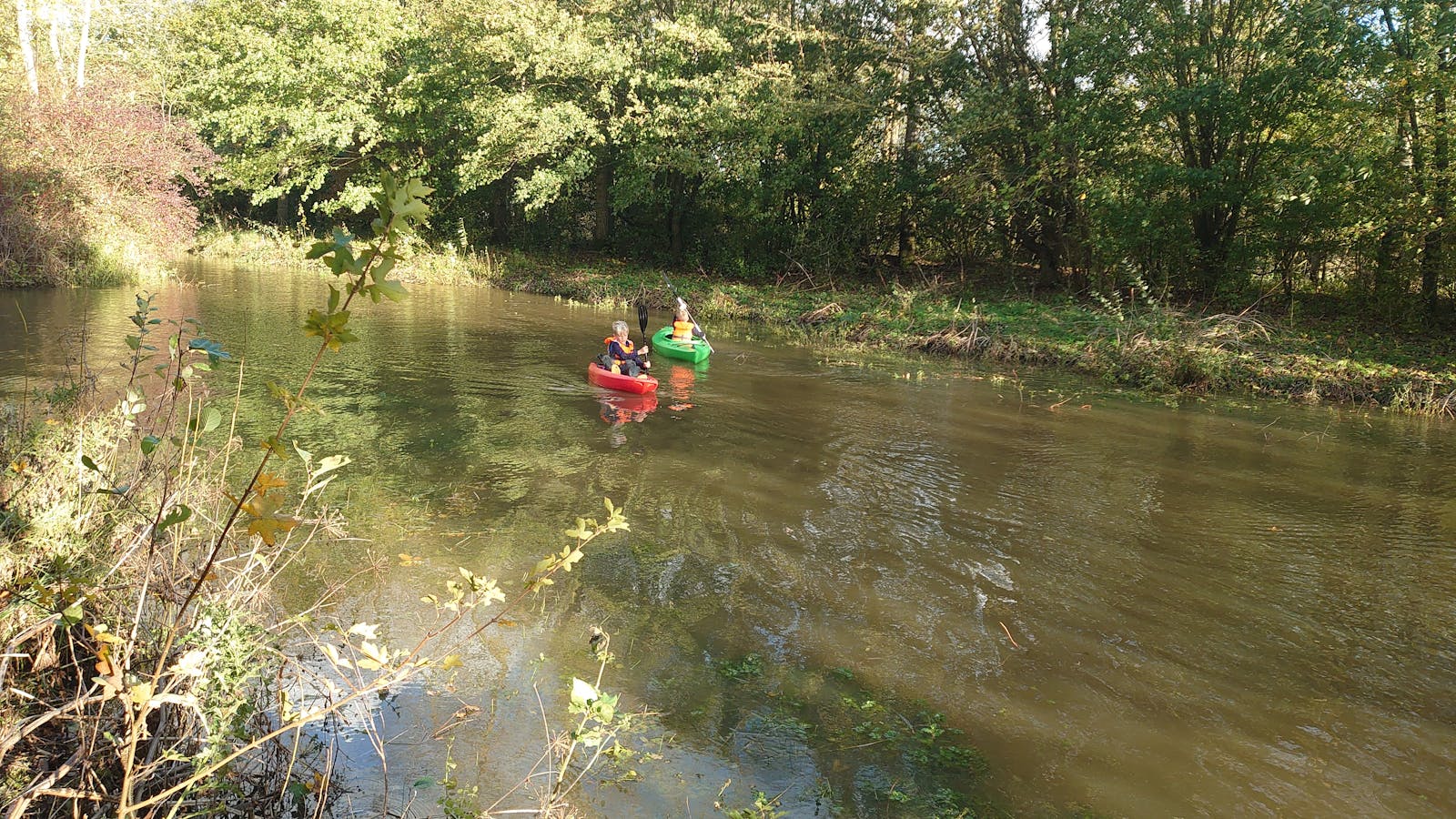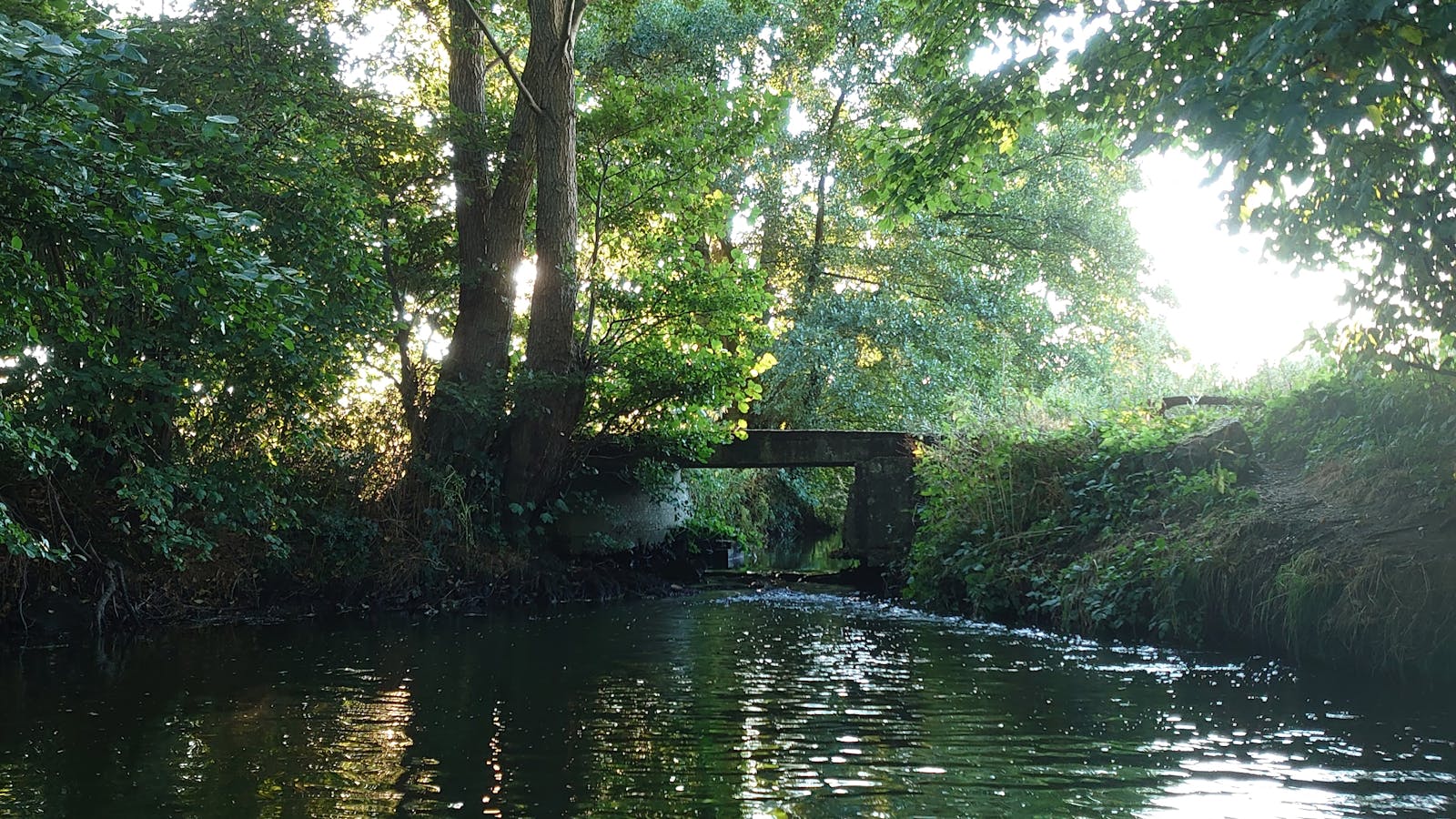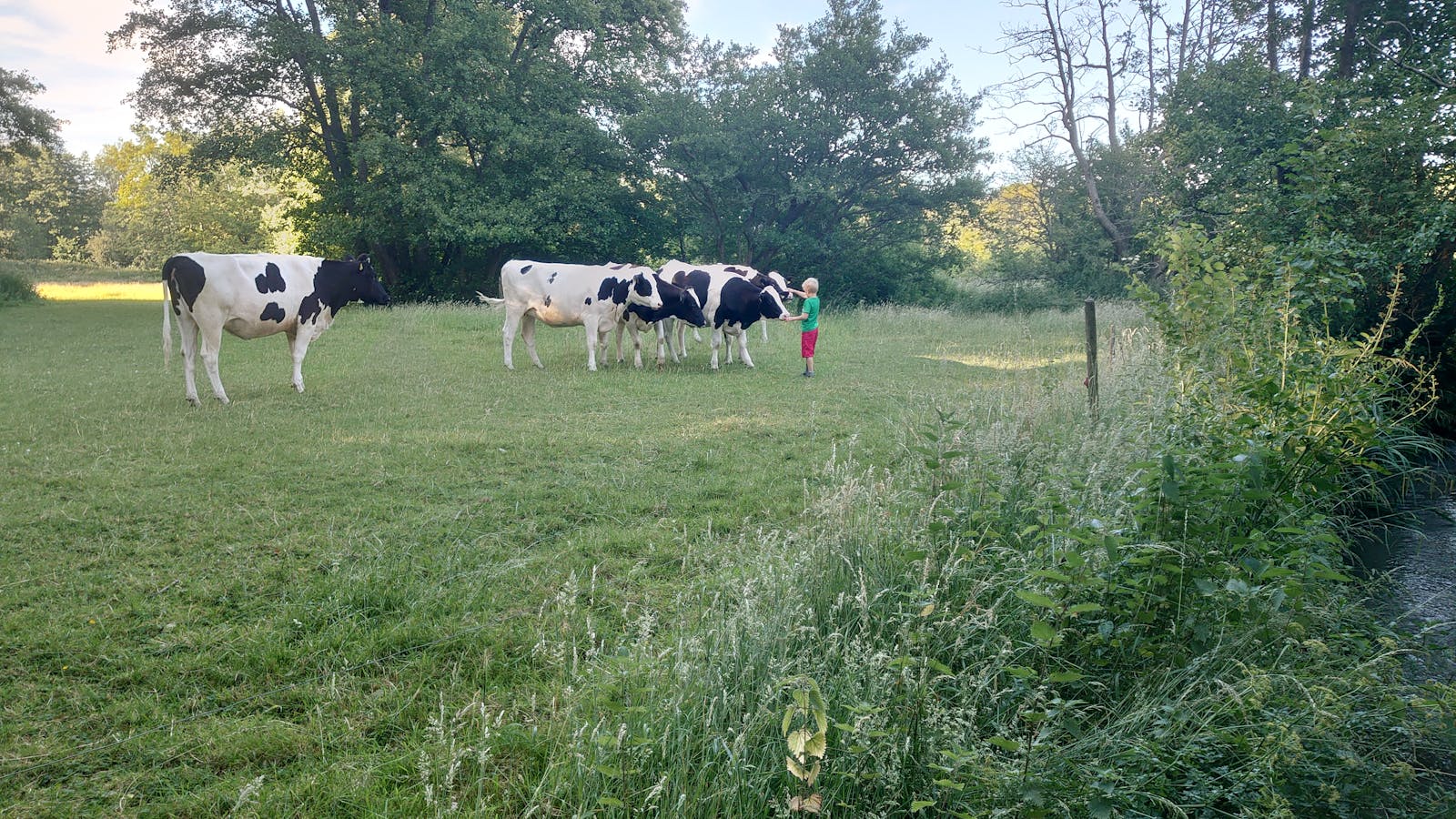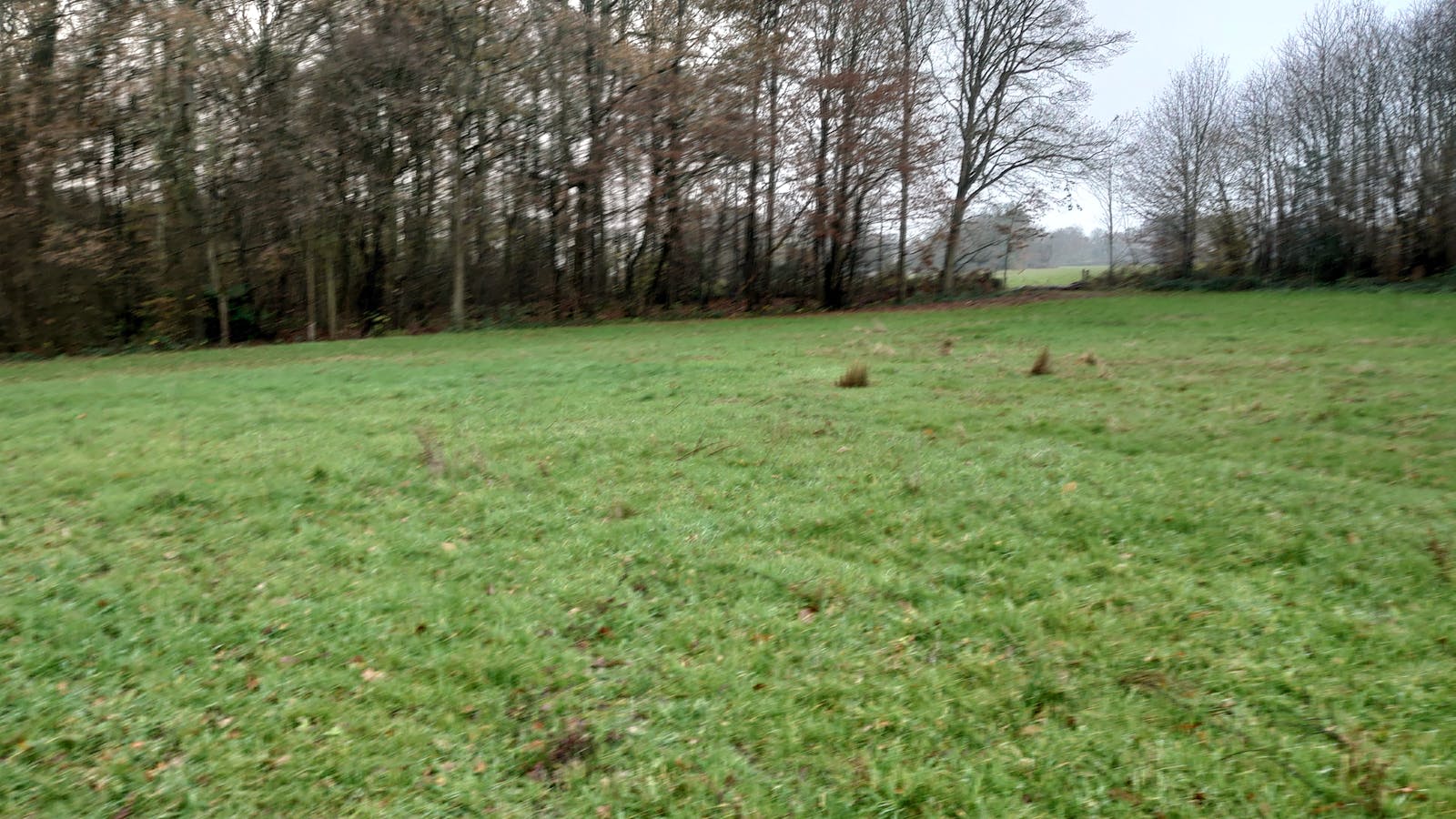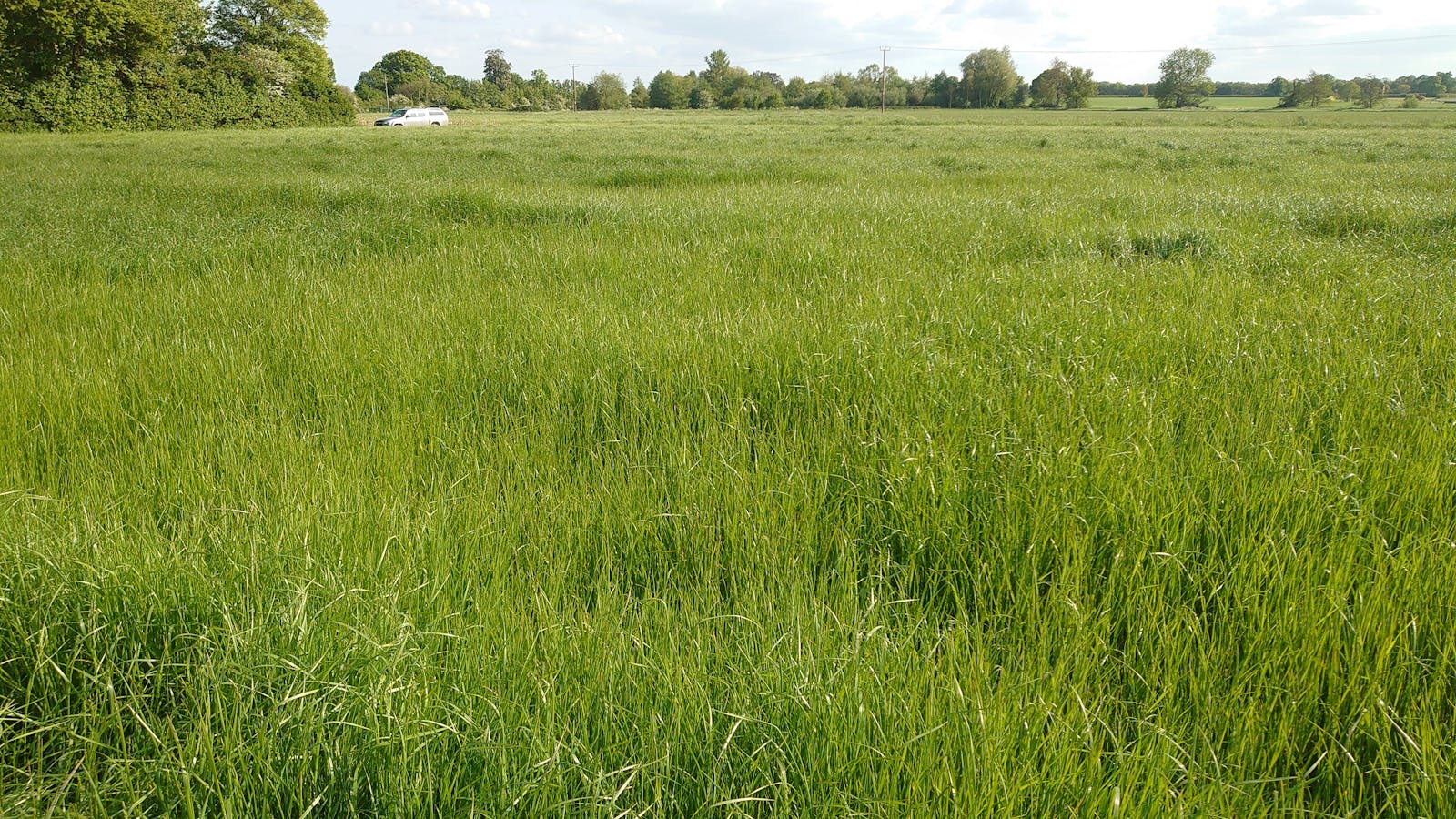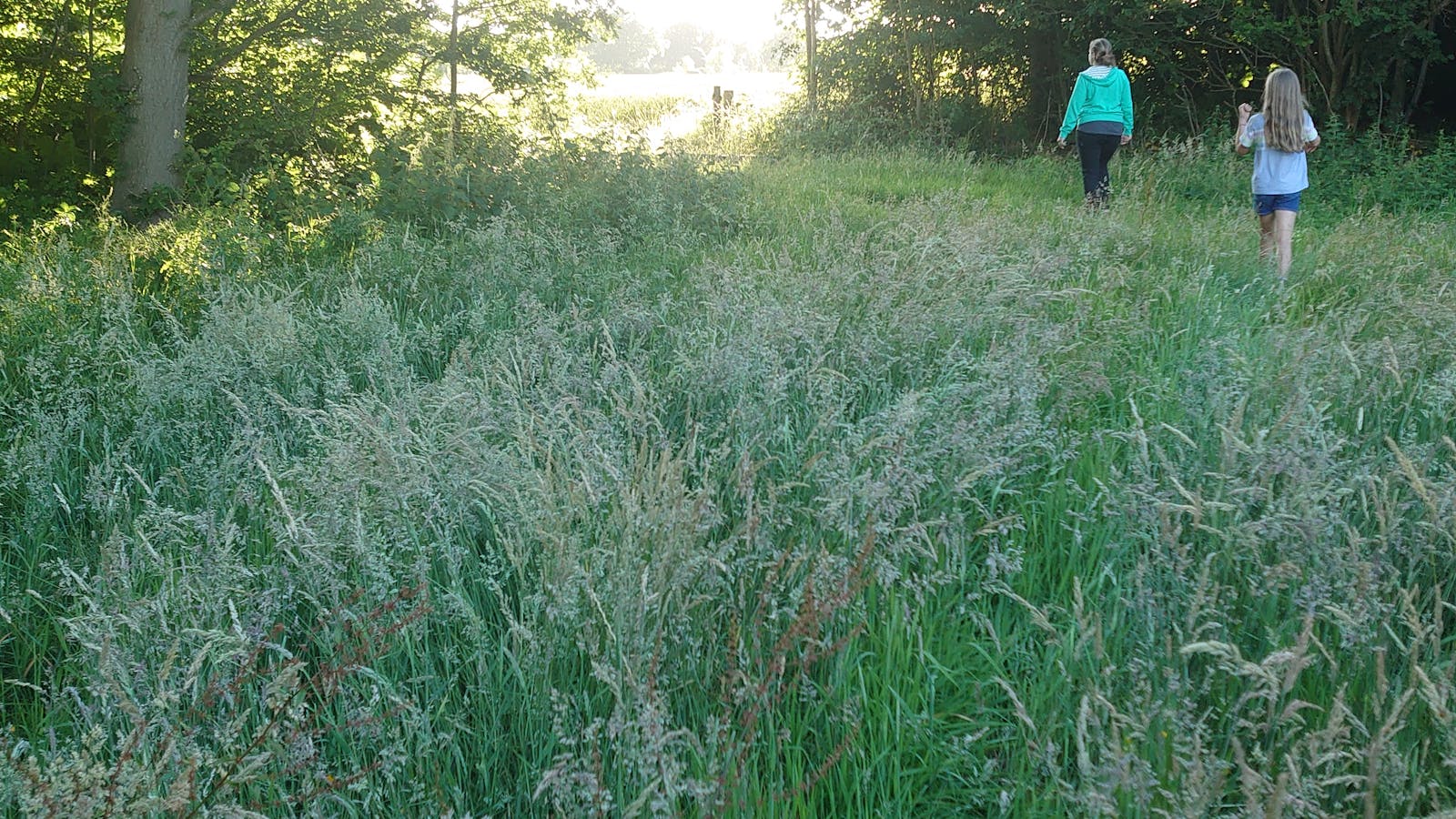
Bockhanger FarmBNG Offset Site
Local Planning Authority: Ashford
National Character Areas: Wealden Greensand; Low Weald
What3words: ///redefined.flagpole.directive
OS grid ref: TQ 95176 43788
Postcode: TN26 1ER
Habitat units available - Surveyed 2023
A total of 475.962 habitat units and 27.691 hedgerow units are available from the following habitat types:
Grassland
Other neutral grassland (Medium distinctiveness) - 256.090 units
Heathland and Shrub
Mixed scrub (Medium distinctiveness) - 154.377 units
Ponds and lakes
Pond (non-priority) - 0.208 units
Woodland
Other woodland; broadleaved (Medium distinctiveness) - 42.922 units
Lowland mixed deciduous woodland (High distinctiveness) - 22.365 units
Hedgerow
Native hedgerows - 27.691 units
Site description
Bockhanger Farm is a 120.3-hectare site located approximately 5 km west of Ashford, between the villages of Hothfield and Pluckley.
The northernmost part of the site is directly adjacent to Hothfield Heathland - a Kent Wildlife Trust nature reserve which contains the Hothfield Common Site of Special Scientific Interest (SSSI), and the southernmost land parcel is adjacent to Hoad's Wood SSSI. There are 25 patches of Ancient and semi-natural woodland within a 1 km radius of the site, two of which are located within the site itself.
Current habitats on the site include cereal cropland, modified grassland, other neutral grassland, and lowland mixed deciduous woodland. In addition, the site contains 5.24 km of native hedgerows.
Mixed scrub, other woodland; broadleaved, and native hedgerows will be created by a mixture of planting and natural regeneration. Large areas of scrub have been designed to provide suitable nesting habitat for nightingales. The UK population of this iconic songbird species has declined by more than 90% in the last 50 years, and Kent is thought to be home to more than a quarter of the country's remaining breeding pairs. Bockhanger Farm is working with the wider Upper Beult farmer cluster to help re-establish nightingale populations in the area.
Other habitats on site will be enhanced to a better condition through sensitive management practises, with modified grassland being enhanced to other neutral grassland. These changes will benefit a range of local conservation priorities such as water vole habitats in restored areas close to water courses, improved lowland flowering plant communities in uplifted grassland areas, and improved invertebrate diversity in scrub/grassland mosaics.
Wider environmental benefits will include improved water quality, reduced flow rates across the catchment, and associated enhanced flood resilience.
Fill out a form at the bottom of this page or email your development's BNG metric to bngenquiries@adonisblue.org.uk for a free BNG consultation.
These units are valid for a maximum of two years, provided site conditions do not significantly change. If more than two years have lapsed between the site survey and habitat works being undertaken, an updated survey will be necessary to ensure recommendations remain valid.

Habitat Transitions


Site photos
